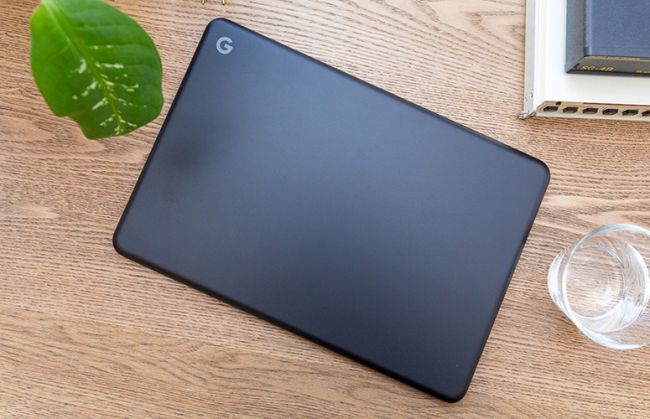Zoom on Chromebooks gets a major upgrade with PWA app — download it now
The new Zoom app adds features and runs faster

Zoom for Chromebooks just received a major upgrade with the arrival of a progressive web app (PWA).
Until now, Chromebook owners were forced to run Zoom from a web browser instead of a proper app. Without a dedicated program, they relied on a stripped-down version of Zoom with fewer features and slower performance than what is available on other operating systems.
- Best video conferencing apps in 2021
- Zoom vs. Microsoft Teams: Which is best?
- Best Chromebook deals available today
Available today, the Zoom PWA is essentially a web-based app that delivers a native desktop experience. The new app brings all the features found on Zoom for Windows and Mac and runs faster than regular apps while taking up less storage.
Zoom PWA for Chromebooks features
As previously mentioned, switching to a PWA allows Zoom to include all the features found on its full-fledged Windows and macOS apps. Below is a list of features available on the PWA that weren't on the previous Zoom Android app for Chromebooks or the web version. Note, Zoom says it will release new features in the next three to six months.
- Customizable Gallery View (on supported machines)
- Self-select Breakout Rooms
- Live transcription
- Live translation (with assigned interpreters)
- A new background masking feature for privacy
- Raised hand and meeting reactions
How to install the Zoom PWA
The Zoom PWA is available on the Google Play store via the link or by searching for "Zoom for Chrome - PWA." You will need to run the most recent Chrome browser — Chrome 91.x — to get the full suite of features and performance upgrades.
Once you download the app, you'll be asked to log in or join a meeting. Zoom recommends getting rid of as many tabs as possible to avoid overloading your CPU. It also says not to connect to multiple monitors to minimize CPU load constraints.
Sign up to receive The Snapshot, a free special dispatch from Laptop Mag, in your inbox.
Phillip Tracy is the assistant managing editor at Laptop Mag where he reviews laptops, phones and other gadgets while covering the latest industry news. After graduating with a journalism degree from the University of Texas at Austin, Phillip became a tech reporter at the Daily Dot. There, he wrote reviews for a range of gadgets and covered everything from social media trends to cybersecurity. Prior to that, he wrote for RCR Wireless News covering 5G and IoT. When he's not tinkering with devices, you can find Phillip playing video games, reading, traveling or watching soccer.

